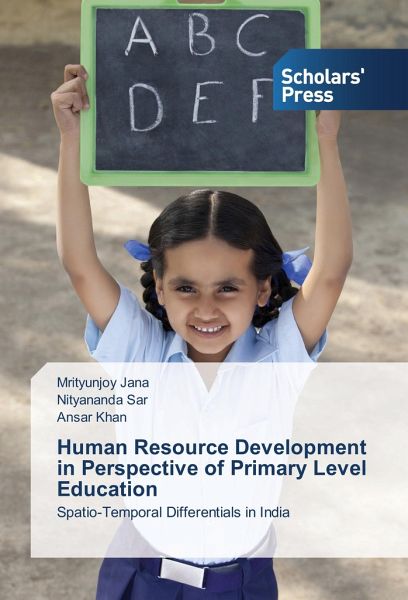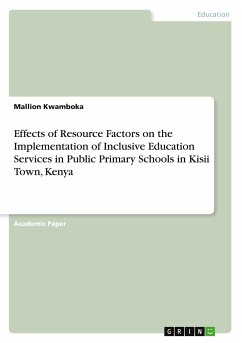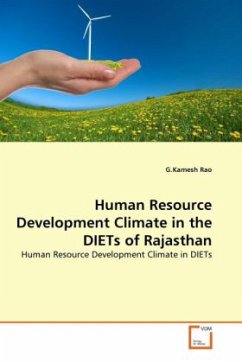
Human Resource Development in Perspective of Primary Level Education
Spatio-Temporal Differentials in India
Versandkostenfrei!
Versandfertig in 6-10 Tagen
40,99 €
inkl. MwSt.

PAYBACK Punkte
20 °P sammeln!
In recent years spatial variability in educational attainment has threatened the sustainability of primary education system of India. Methodology currently available to assess the state level inequality in educational development of a nation, particularly in case of primary education, is still inefficient to help policy making process. Towards this end, the present book pays attention to the assessment of spatial structure of development in primary education across 35 Indian states and Union Territories (UTs). The study considers state wise values for each of the four components of a composite...
In recent years spatial variability in educational attainment has threatened the sustainability of primary education system of India. Methodology currently available to assess the state level inequality in educational development of a nation, particularly in case of primary education, is still inefficient to help policy making process. Towards this end, the present book pays attention to the assessment of spatial structure of development in primary education across 35 Indian states and Union Territories (UTs). The study considers state wise values for each of the four components of a composite educational development index (EDI) computed by MHRH & NUEPA from surveyed data on 24 indicators divided into four groups , representing access to school , availability of infrastructural facilities. This book argues that simple averaging of the four component EDIs is less practicable than a weighted average in computing the composite EDI.












